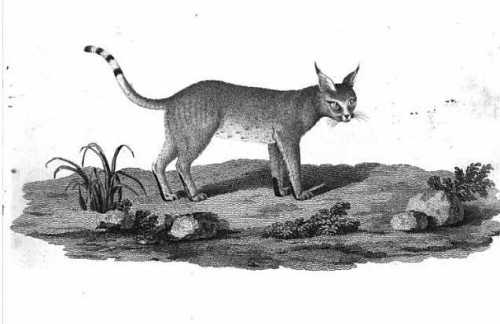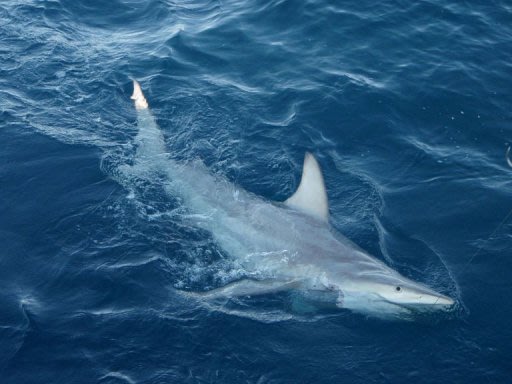I have always been interested in freshwater jellyfish and the matter has come up on several occasions on these pages but I never knew that the first UK records of them in the wild were in Exeter....
Scientific Memoranda report 1930
In June, 1880, the late Sir Ray Lankester made known, through the pages of Nature, the discovery of a freshwater medusa that had appeared in the Victoria regia tank at the Botanical Society’s Gardens in Regent’s Park, and which he named Limnocodium sowerbii. It was supposed to have been conveyed from one of the great African lakes in the hydrosome (or polyp) stage on the rootlets of some plant.
Some years there were plenty of the medusae in the tank, other years scarcely any. Then it disappeared altogether. Later on furthe
 r specimens were found in a tank at the
r specimens were found in a tank at theSheffield Botanical Gardens. The medusae appeared and disappeared sporadically in tanks in Botanical Gardens in which the water was of about 70° F. The hydrosome stage was eventually found and described (Pro. Roy. S0c.,XXXVIlI,9). So far Limnocodium has been found in England only in artificial situations, but in Nature of January 4th, IQBO, Mr. Rupert Vallentin of Exeter, writes describing the occurence of the medusae in great quantities in the Exeter Ship Canal in the summer months of 1929. As the surface temperature of the water gradually lowered with the approach of autumn the medusae gradually disappeared, and after the middle of October none were to be found. The hydroid stage, which must exist in the canal, has not yet been found. Although both hydroids and medusae have been found in natural conditions (ponds, etc.) in N. America, this discovery of them in the Exeter Ship Canal seems to be the first time they have been observed in such conditions in Europe.
Later systematists have renamed the medusa Craspedacusta sowerbii against which protests have been made. Quite recently another species of freshwater medusa (Microhydra ryderi) has been found in a private freshwater aquarium at Bournemouth. The minute fixed hydroid stage of this was found in the aquarium also. G. T. HARRIS.
Cordylophora lacustris Allman
This interesting zoophyte was also discovered recently by Mr. Vallentin in the Exeter Ship Canal. It was originally discovered almost simultaneously in England and Belgium about 1854, and its great interest lies in the fact that it is a marine animal that has gradually adapted itself to a fresh-water environment within recent times. Carl Semper relates (Animal Life) that in his student days it was only known as a marine or brackish water species. Then it gradually ascended estuaries and adapted itself to fresh-water conditions. Even in Semper’s days it had appeared in the great water pipes of the city of Hamburg “ in such enormous quantities as to impede the flow of water through the pipes."
In England it was first found in the West India and Commercial Docks, and by about 1868 it had found its way, presumably by means of canal barges, into the Midlands, where it was established in the canals of Staffordshire. About 1890, or a little later, it was reported from the rivers and broads of Norfolk. I myself collected it from the river at Potter Heigham, about 1899, where it was growing profusely. It would be interesting to observe how far it proceeds up the Exe, the probability being that when it meets the strong current above Exeter, its further progress will be stayed. G. T. HARRIS.






















